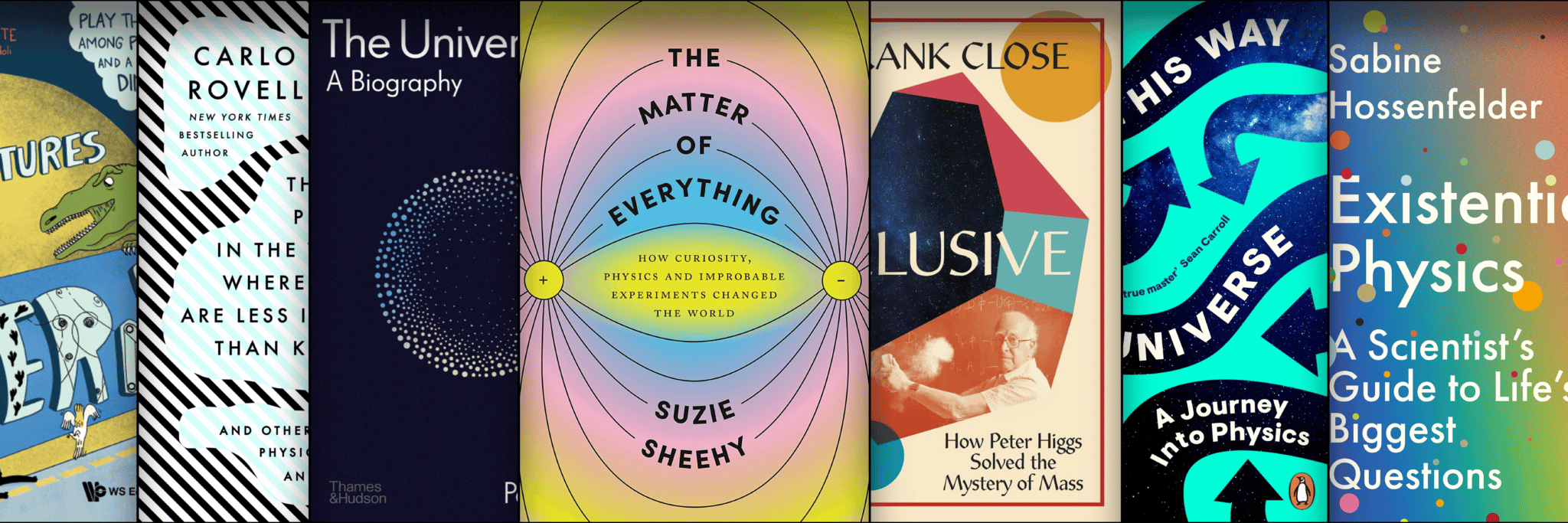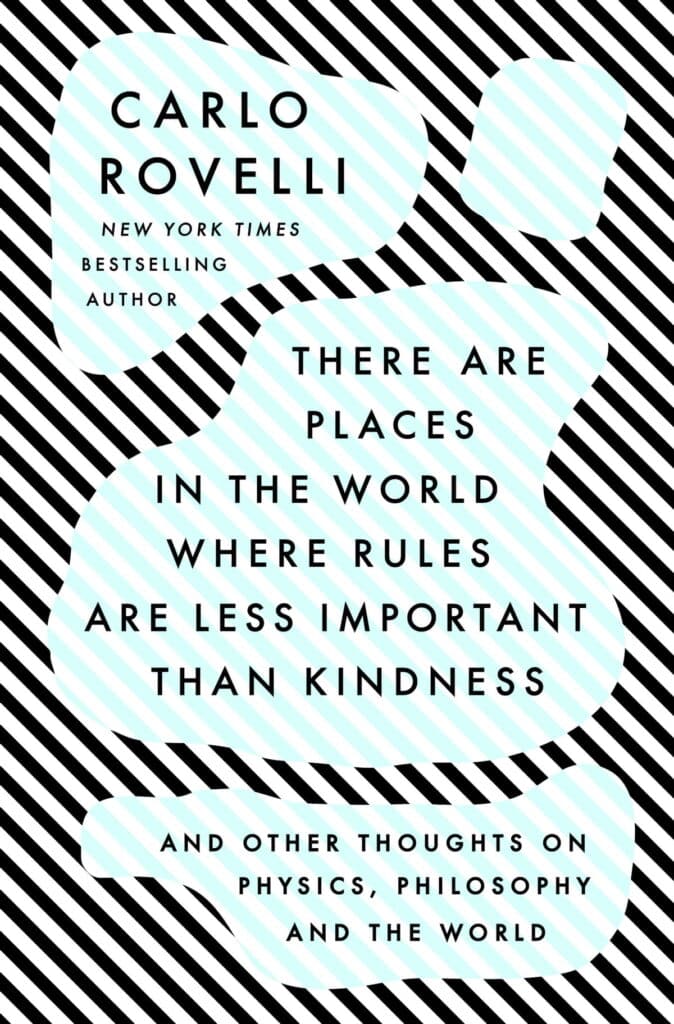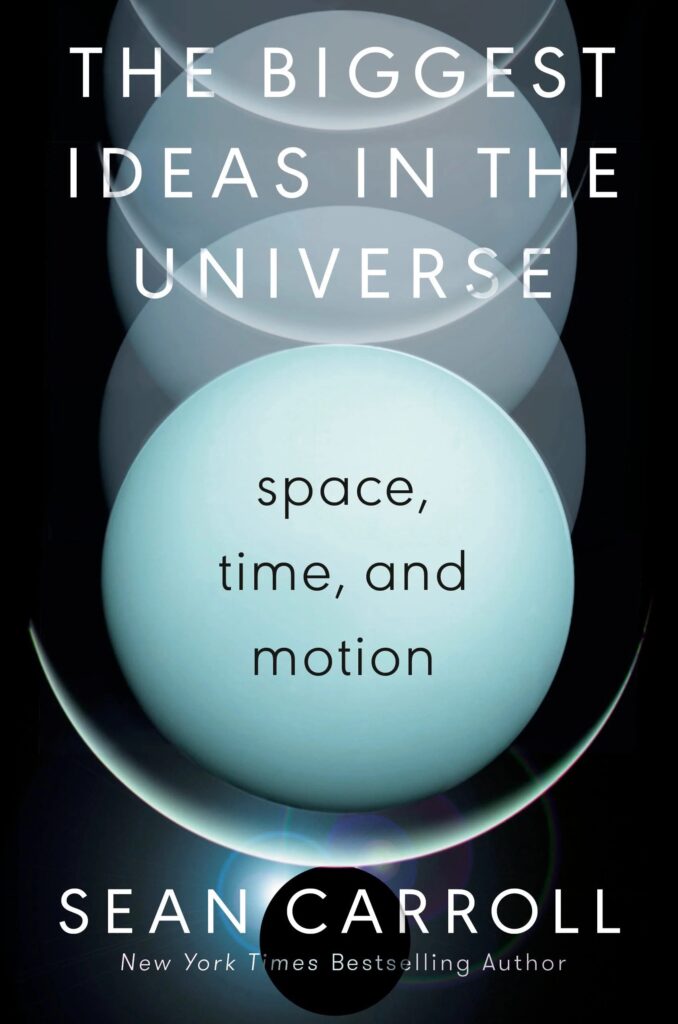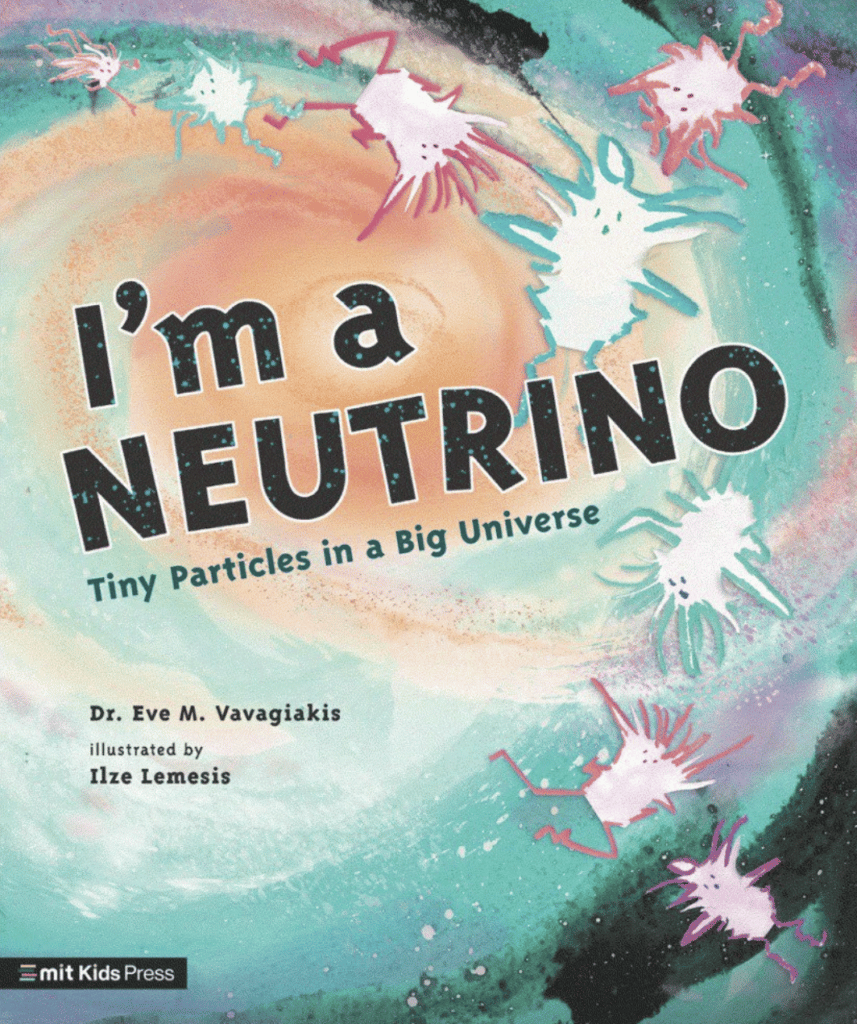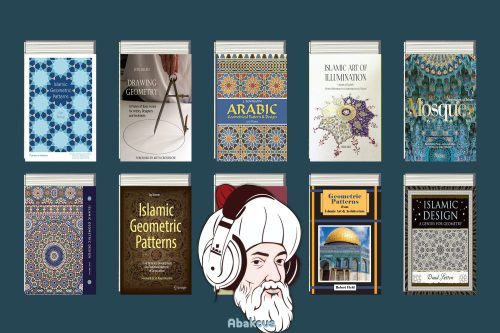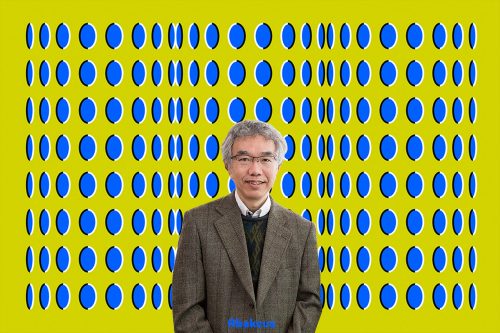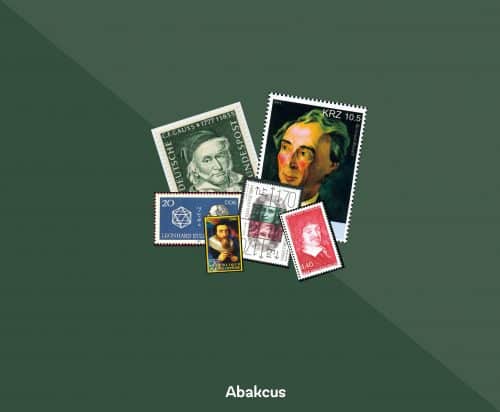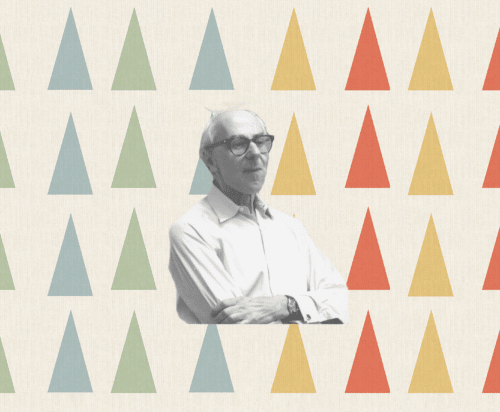It is that time of year again when everyone is compiling their “Best of” lists. Here at Abakcus, I am no different. In this blog post, I will be discussing the best popular physics books of 2022.
Why should you read popular physics books?
Physics studies matter, energy, and the interactions between them. Whether you are a scientist or not, popular physics books can give you insight into the physical universe around us. They can help spark your curiosity and open up new possibilities for exploration.
This list was compiled by taking into account popular ratings and reviews from online bookstores and other reliable sources. So without further ado, here are the ten best popular physics books of 2022!
Before I get started, I would like to suggest Audible for those of us who are not the best at reading. Whether you are commuting to work, driving, or simply doing dishes at home, you can listen to these books at any time through Audible.If you like this list, I am pretty sure you will enjoy 10 Brilliant Physics Books to Help You Understand the Universe We Live In.
The astonishing story of twentieth-century physics is told through the twelve experiments that changed our world. For millennia, people have asked questions about the nature of matter. In the twentieth century, this curiosity led to an unprecedented outburst of scientific discovery that changed the course of history.
In The Matter of Everything, accelerator physicist Suzie Sheehy introduces us to the people who staged these ground-breaking experiments through genius, persistence, and luck. From the physicists who soared in hot air balloons on the trail of new particles to the serendipitous discovery of X-rays in a German lab; and from the race to split open the atomic nucleus to the quest to find the third generation of matter, Sheehy shows how these experiments informed innumerable aspects of how we live today.
Radio, TV, the chips in our smartphones, MRI scanners, radar equipment, and microwaves, to name a few: were all made possible by our determination to understand and control the microscopic. Pulling physics down from the theoretical and putting it in the hands of the people, The Matter of Everything is a celebration of human ingenuity, creativity, and curiosity.
As soon as you open this book, YOU become the protagonist! You will be catapulted to CERN, one of the world’s most famous laboratories, a real scientific wonderland of underground tunnels, massive experiments, and technological marvels. You can choose to play the role of a researcher, a student, or a tourist, but keep your eyes open for a threatening dinosaur.
Is it coming from the nearby Jura Mountains, the same place that gave Jurassic its name? Prepare yourself for a bizarre adventure filled with brain-tickling facts about particles and scientific wonders. Unfold the story, explore the mysteries of the Universe, and most importantly, have fun with the games and quizzes! Are you ready to face the huge prehistoric beast and discover the secrets of tiny particles?
Everyone knows astronomers use telescopes to peer into distant space. However, did you know that they also use them as time machines to look back into the past? In this fascinating and original book, world-renowned astronomer Paul Murdin lays out the entire history of the Universe from here on Earth into the distance, leading us to step by step through the history of time and space.
Our knowledge of the Universe is greater than ever thanks to cutting-edge scientific research and a new age of space exploration and discovery. Murdin was at the forefront of this inquiry—he was the first to identify a black hole. In The Universe, Murdin draws on his expertise in the field to explain difficult concepts such as black holes, nebulae, and dark matter and relates them to the most important characters and events in the history of our Universe: powerful explosions, the largest planets, galaxies, and celestial bodies. Structured in a clear, accessible fashion as a “biography” of our Universe, this history begins at the Big Bang and proceeds stage by stage through the story of our cosmos.
Full of fascinating details about our existence, for instance, that two-thirds of the atoms in our body are hydrogen atoms formed in the first few minutes of the Big Bang and that we are a by-product of the manufacture of galaxies and stars, this volume offers a glimpse into the future of our Universe and what it means to us all.
Do we have free will? Is the universe compatible with God? Do we live in a computer simulation? Does the universe think?
Physicists are great at complicated research but are less good at telling us why it matters. In this entertaining and groundbreaking book, theoretical physicist Sabine Hossenfelder explains why we should care. Drawing on the latest research in quantum mechanics, black holes, string theory, and particle physics, Existential Physics explains what modern physics can tell us about the big questions.
Filled with counterintuitive insights and including interviews with other leading scientists, this clear yet profound book will reshape your understanding of science and the limits of what we can know.
This Way to the Universe is a celebration of the astounding, ongoing scientific investigations that have revealed the nature of reality at its smallest, largest, and the scale of our daily lives. The enigmas that Professor Michael Dine discusses are like landmarks on a fantastic journey to the edge of the universe.
Asked where to find out about the Big Bang, Dark Matter, the Higgs boson particle–the long cutting edge of physics right now–, Dine had no book he could recommend. This is his accessible, authoritative, and up-to-date answer. Comprehensible to anyone with a high-school level education, with almost no equations, there is no better author to take you on this amazing odyssey.
Dine is widely recognized as having profoundly contributed to our understanding of matter, time, the Big Bang, and even what might have come before it.
This Way to the Universe touches on many emotional, critical points in his great career while presenting mind-bending physics, like his answer to the Dark Matter and Dark Energy mysteries and the ideas that explain why our universe consists of something rather than nothing. People assume that String Theory can never be tested.
However, Dine intrepidly explores exactly how the theory might be tested experimentally and the pitfalls of falling in love with math. This book reflects a lifetime pursuing the deepest mysteries of reality by one of the most humble and warmly engaging voices you will ever read.
In this collection of writings, the logbook of intelligence, always on the move, Carlo Rovelli follows his curiosity and invites us on a voyage through science, history, philosophy, and politics. Written with his usual clarity and wit, these pieces range widely across time and space: from Newton’s alchemy to Einstein’s mistakes, from Nabokov’s butterflies to Dante’s cosmology, from travels in Africa to the consciousness of an octopus, from mind-altering psychedelic substances to the meaning of atheism.
Charming, pithy, and elegant, this book is the perfect gateway to the universe of one of the most influential scientists of our age.
The most trusted explainer of the most mind-boggling concepts pulls back the veil of mystery that has too long cloaked modern science’s most valuable building blocks. With his genius for making complex notions entertaining, Sean Carroll presents in his uniquely lucid voice the fundamental ideas informing the modern physics of reality.
Physics offers deep insights into the universe’s workings, but those insights come in equations that often look like gobbledygook. Sean Carroll shows they are like meaningful poems that can help us fly over sierras to discover a miraculous multidimensional landscape alive with radiant giants, warped space-time, and bewilderingly powerful forces. High school calculus is a centuries-old marvel worthy of our gaze as the Mona Lisa. Moreover, it may come as a surprise the extent to which all our most cutting-edge ideas about black holes are built on the math calculus enables.
No one else could so smoothly guide readers toward grasping the very equation Einstein used to describe his theory of general relativity. In the tradition of the legendary Richard Feynman lectures presented sixty years ago, this book is an inspiring, dazzling introduction to a way of seeing that will resonate across cultural and generational boundaries for many years.
Before you read this sentence, trillions of neutrinos will pass through your body. Not sure what a neutrino is? Get an up-close-and-personal introduction in this dazzling picture book from MIT Kids Press, I am a Neutrino: Tiny Particles in a Big Universe, told in lilting rhyme from the neutrino’s point of view and filled with mind-bending, full-bleed illustrations that swirl and splash the cosmos to life.
Some of the smallest bits of matter known to exist—and they exist everywhere—neutrinos inspire cutting-edge and Nobel Prize–winning research.
Here, playful text and watercolor illustrations blended with photographs distill the concept of these mysterious particles down to their essence. “Know Your Neutrinos” end notes provide context for each spread, amplifying the science and making complex astrophysics and physics concepts approachable.
This indispensable STEM title urges children to dream of contributing to their discoveries.
The Sky Is for Everyone is an internationally diverse collection of autobiographical essays by women who broke down barriers and changed the face of modern astronomy. Virginia Trimble and David Weintraub vividly describe how, before 1900, a woman who wanted to study the stars had to have a father, brother, or husband to provide entry and how the considerable intellectual skills of women astronomers were still not enough to enable them to pry open doors of opportunity for much of the twentieth century.
After decades of difficult struggles, women are closer to equality in astronomy than ever. Trimble and Weintraub share the stories of the tough and determined women who flung the doors wide open. Taking readers from 1960 to today, this triumphant anthology inspires current and future generations of women scientists while giving voice to the history of a transformative era in astronomy.
Elusive: How Peter Higgs Solved the Mystery of Mass is the first major biography of Peter Higgs, revealing how a short burst of work changed modern physics.
On July 4, 2012, the announcement came that one of the longest-running mysteries in physics had been solved: the Higgs boson, the missing piece in understanding why particles have mass, had finally been discovered.
On the rostrum, surrounded by jostling physicists and media, was the particle’s retiring namesake—the only person in history to have an existing single particle named for them. Why Peter Higgs? Drawing on years of conversations with Higgs and others, Close illuminates how an unprolific man became one of the world’s most famous scientists. Close finds that scientific competition between people, institutions, and states played as much of a role in making Higgs famous as Higgs’s work did.
A revelatory study of a scientist and his era, Elusive, will remake our understanding of modern physics.

